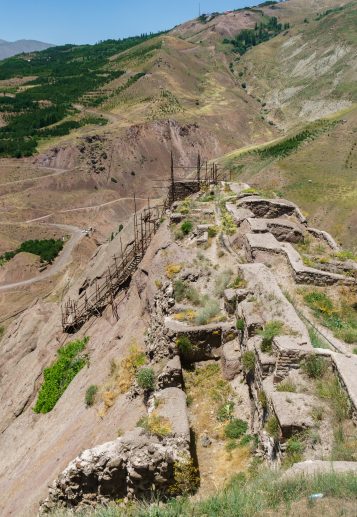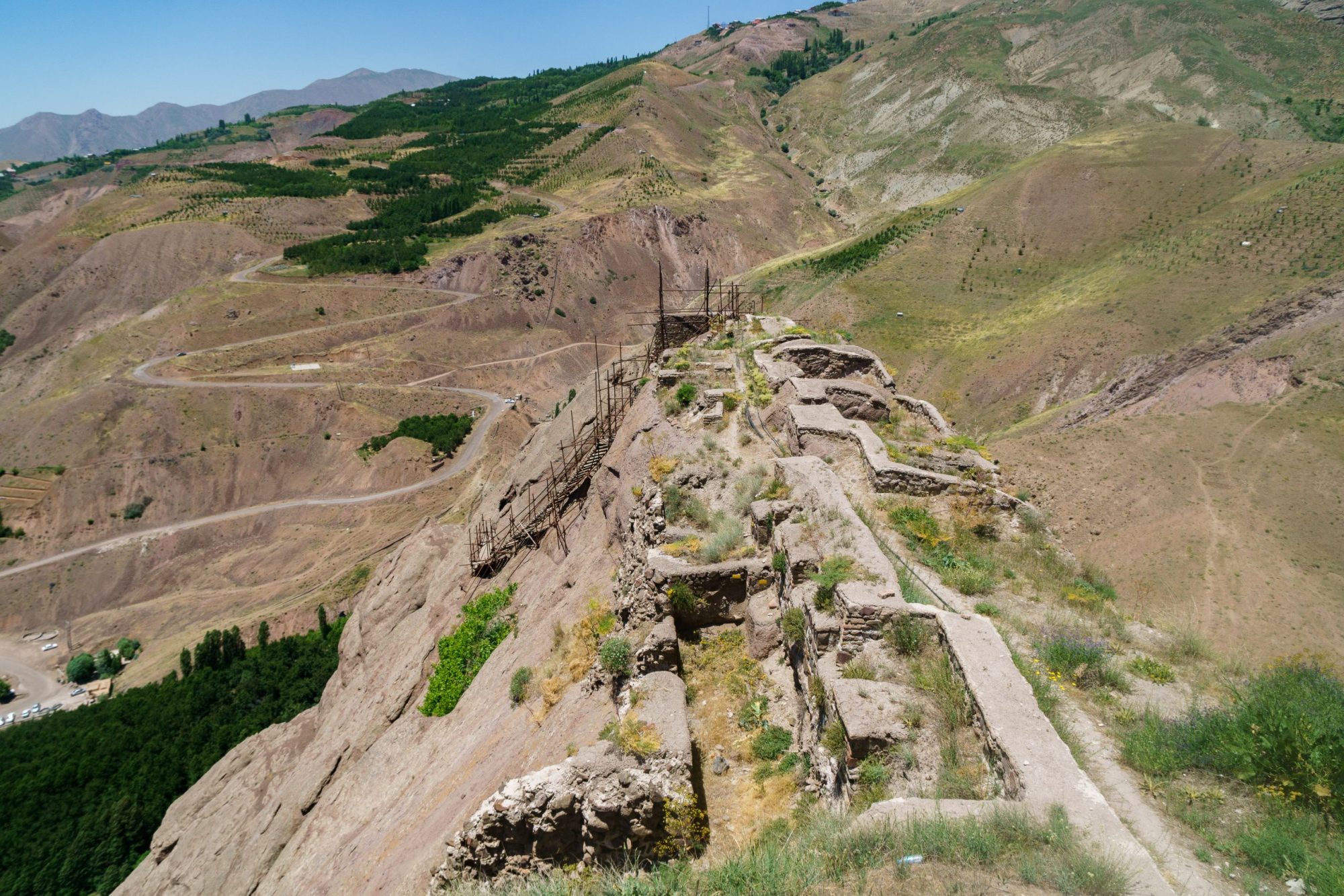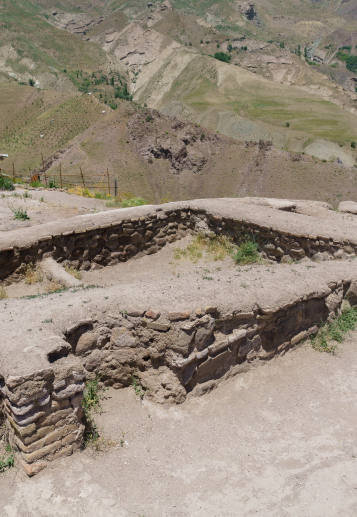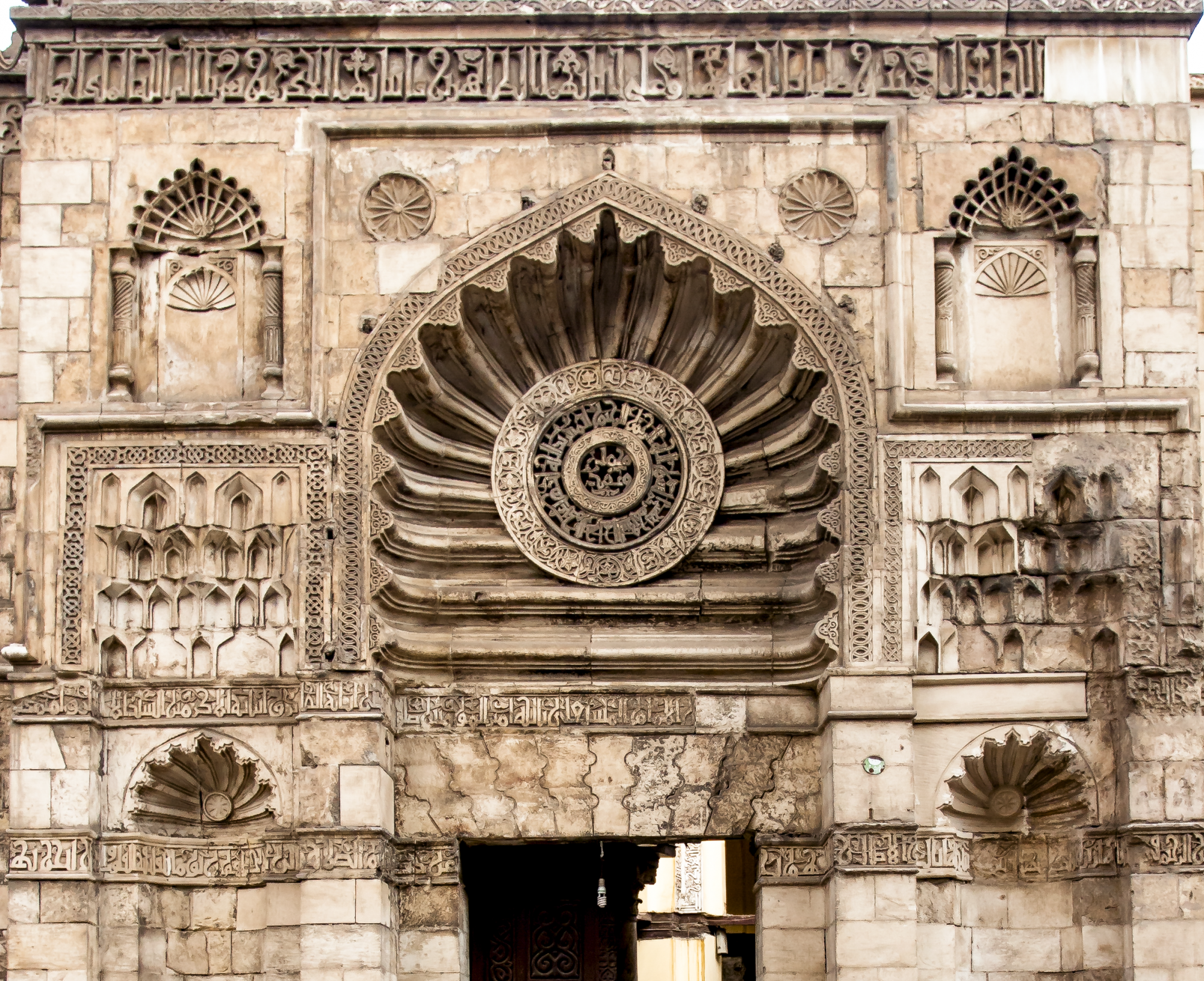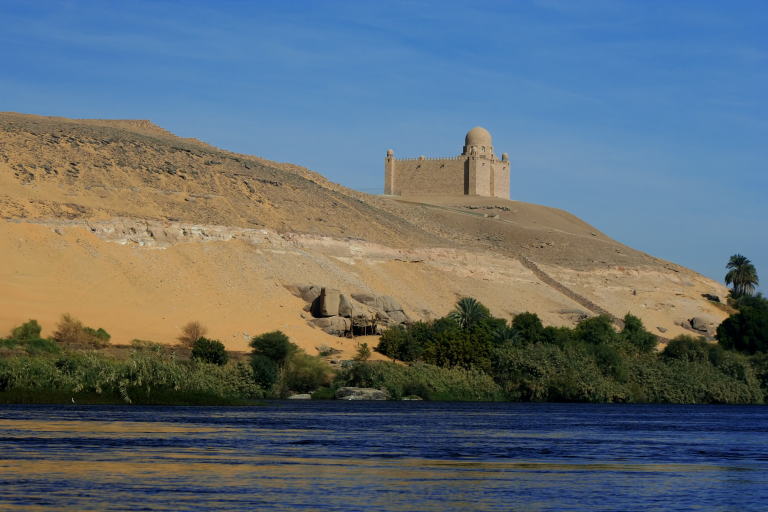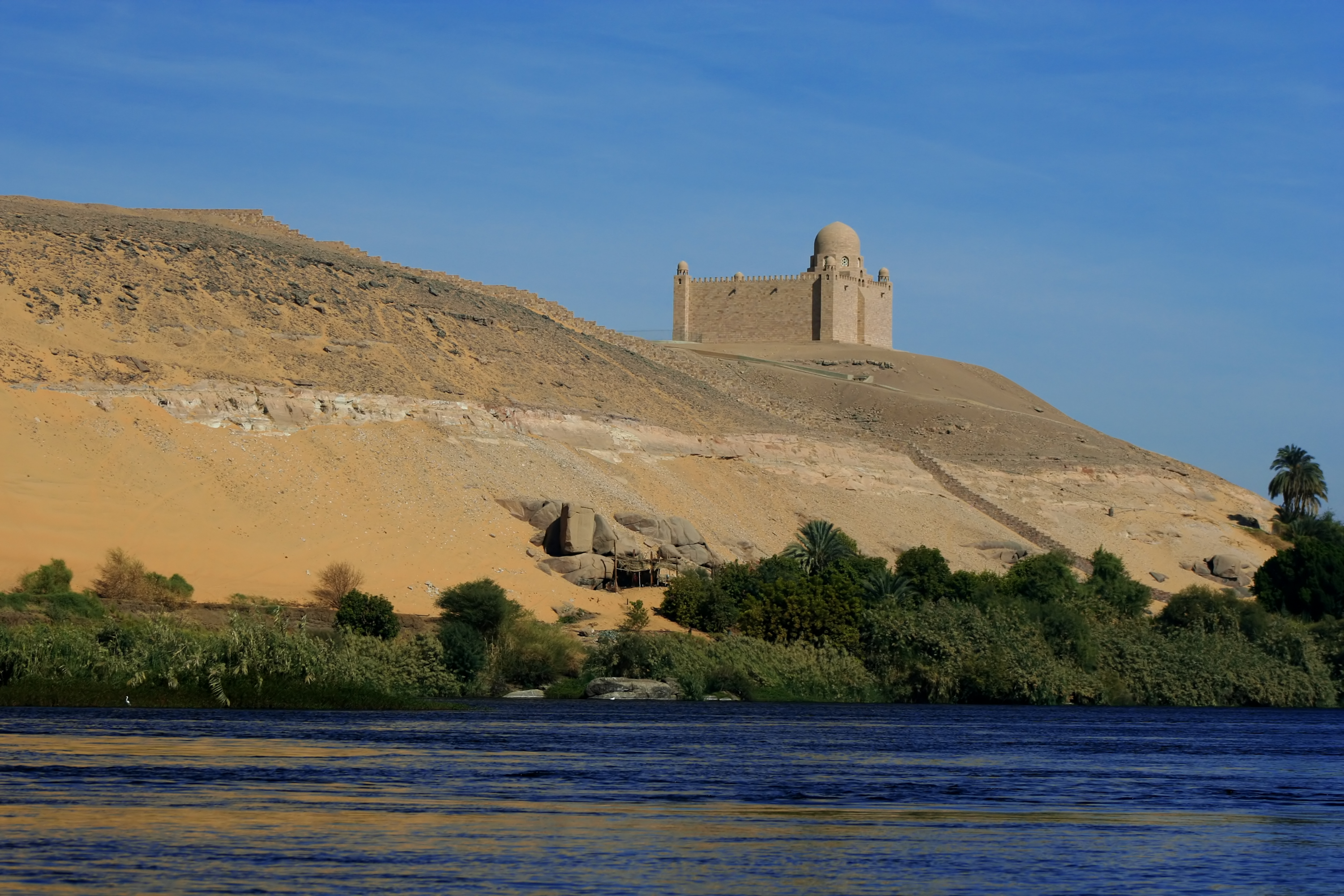The Imam’s Eternal Presence
Contrary to Juvayni’s interpretation, Nizari works on the resurrection give no indication that the event was meant to inaugurate an era where everyone could do whatever they wanted. The lifting of the duty to perform shari’a rituals was replaced by other intellectual, social, and moral burdens that demanded a tremendous amount from the believer. Juvayni’s condemnation works only in the abstract, appealing to his coreligionist critics of the Nizaris. It does not, however, represent anything regarding the actual religious and communal life established in Alamut and other places after the resurrection.
Looking back at the statement attributed to Hasan at the resurrection, we note, in postresurrection time, a crucial distinction between those who can see and others who are veiled. The seeing ones can see God in the world directly (hence they are in paradise), while the veiled ones are lost (and are therefore in hell). How does one get designated as someone who sees? This is not something external since seeing is not an act that can be judged by an outsider, something emphatically the case after the declaration of resurrection.
The key to seeing is acknowledging the Imam present in front of one’s eyes. In the postresurrection Nizari system, this requirement comes with heavy intellectual and practical obligations, in effect replacing the kind of burden that someone like Juvayni associates with the shari’a. The first issue is to understand the Imam correctly, a matter that is keyed to the correct understanding of time:
Mausoleum of Nizari Imam Aga Khan III (d. 1957) on the banks of the Nile in Aswan, Egypt. He wished to be buried in the land of his Fatimid ancestors.
Source

Mausoleum of Nizari Imam Aga Khan III (d. 1957) on the banks of the Nile in Aswan, Egypt. He wished to be buried in the land of his Fatimid ancestors.
SOURCE
Photo 17616967 © Adrian Lindley | Dreamstime.com
All the Imams are just the same as ‘Ali, prostration and prayer be upon mention of him. It is he, who has neither a beginning nor an end, but in relation to the people he may appear as a father, as a son, or as a grandson. Sometimes he appears as a young person, as a child, or in a mother’s womb, [sometimes] in concealment or manifest, as a king, in poverty or oppression, or forgiving and merciful. He makes all these appearances to human eyes from a physical perspective, so that all creatures may sustain their existence.
In relation to time, he [the Imam] makes an appearance today, as he has in the previous year or the year before last. People may say, for example, that 1,000 years ago there was such a person, and a 1,000 years from now there will be such a person, but no one says that at present too there is such a person in the world. [Similarly] in relation to place, he may sometimes appear in the east, sometimes in the west, sometimes in the north and sometimes in the south, sometimes in this city or another. All these appearances belong to one and the same person, but because of the order of relative existence (hukm-i idafa) and physical vision (nazar-i khalqi) he appears multiple (Badakhchani, Spiritual Resurrection, 63).
This important statement stems from a particular view of the relationship between human beings and the universe as, respectively, microcosm and macrocosm: “The universe is the human being dispersed, and the human being is the sum of the entirety of the universe” (74). While all human beings are a part of the microcosm-macrocosm relationship, the living Imam is its full manifestation. In the postresurrection period, acknowledging the Imam in this way is coming to see the universe. The Imam’s presence is a kind of portal that allows one to see through the contingent, relative, time-bound existence in which one is mired. This presence has been there in all times, but it was hidden until the resurrection. The resurrection has revealed the Imam as the macrocosm/universe, which is also the manifest form of God. Knowledge of this universal being is the same thing as its direct apprehension (since mediation has ended). If one has this knowledge, one is in paradise. Otherwise, one is in hell. For the one in paradise, physical death is immaterial. It is just a matter of shedding the body while one remains unmediatedly connected to the truth that is the Imam. For those in hell, physical death is the utter end; eternal perdition means to pass into nonexistence upon physical death.
It is important not to confuse the sense of identification between God and the Imam as a case of divine incarnation. That would mean, erroneously, that God is something other than material, who can impregnate a material body in the form of a spirit. This is why, in the statement above, the author states that no one says that the Imam is only “here.” The resurrection’s claim is that there is no duality between the Imam and the world. If we believe the world exists, then it is the same essential entity as the Imam, present without reference to time. The material bodies of particular Imams are born and die without a problem for the system. If divinity is material—that is, it is the Imams’ continual presence into the everlasting future, irrespective of changing bodies—normal life cycles simply mimic the presence as Truth that has become available for direct apprehension after the resurrection.
The work I have cited to explain the doctrine of resurrection was composed about forty years after the declaration of resurrection. The author of this also left a collection of Persian poetry dedicated to the Qa’im, the Nizari Imam in the postresurrection period. In one poem, he addresses the Imam as follows:
Interview with Aga Khan IV discussing the relationship between religious belief and acting in the world.
Your resurrection is manifest! Our necks
in the snare of your proof, we have come.
Though evil deeds we have surely done, your dignity
drives us to come, bearing a thousand shames.
We have come, uttering not a word to anyone,
as we are among peoples of the time of resurrection.
A bare kind command is sufficient for us,
burdened with sins and deceit, as we have come.
Recognizing no lord other than you,
we have come undoubting, unsoiled by distrust (Katib, Divan-i Qaʼimiyat, 307).
Evident in these verses and postresurrection Nizari literature in general, the believer’s relationship with the Imam requires complete devotion and dependence. It involves acknowledging a sense of insufficiency and sinfulness, which is corrected through direction received from the Imam.
The Nizari worldview differs from many other forms of Islam is that, after the resurrection, the physical world is understood as the sole theater of cosmic activity. To remain existing past physical death means to recognize the Imams and to strengthen the relationship to them, both intellectually and emotionally. The same obligation works in reverse as well: living Imams become available to those who recognize them and provide guidance. In modern times, the guidance on this score has included not just religious instruction but also material betterment through economic development and the expansion of social support systems. This is plausible within the logic of the 1164 resurrection. Since that time, the future has been an issue focused on the world apprehended through the senses. But the path to a future of eternal salvation or perdition depends on how one is positioned with respect to the present Imam.


